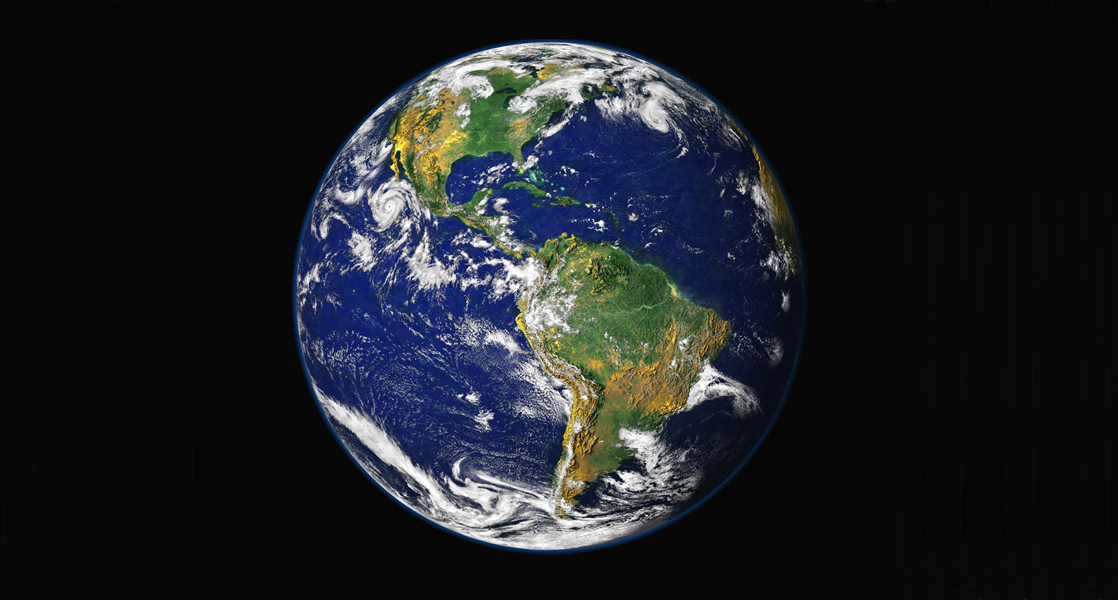
|

1.1 The study of life Read Online

Viewed from space, Earth offers no clues about the diversity of life forms that reside there. The first forms of life on Earth are thought to have been microorganisms that existed for billions of years in the ocean before plants and animals appeared. The mammals, birds, and flowers so familiar to us are all relatively recent, originating 130 to 200 million years ago. Humans have inhabited this planet for only the last 2.5 million years, and only in the last 200,000 years have humans started looking like we do today.
Chapter 18: Evolution and the Origin of Species MCQ Multiple Choices Questions Quiz Test Bank
18.1 Understanding Evolution
18.2 Formation of New Species
18.3 Reconnection and Rates of Speciation
Question: What is the main difference between autopolyploid and allopolyploid?
Choices:
the number of chromosomes
the functionality of the chromosomes
the source of the extra chromosomes
the number of mutations in the extra chromosomes
Question: Which variable increases the likelihood of allopatric speciation taking place more quickly?
Choices:
lower rate of mutation
longer distance between divided groups
increased instances of hybrid formation
equivalent numbers of individuals in each population
Question: What is the main difference between dispersal and vicariance?
Choices:
One leads to allopatric speciation, whereas the other leads to sympatric speciation.
One involves the movement of the organism, and the other involves a change in the environment.
One depends on a genetic mutation occurring, and the other does not.
One involves closely related organisms, and the other involves only individuals of the same species.
Question: Which situation would most likely lead to allopatric speciation?
Choices:
flood causes the formation of a new lake.
A storm causes several large trees to fall down.
A mutation causes a new trait to develop.
An injury causes an organism to seek out a new food source.
Question: Which situation is most likely an example of convergent evolution?
Choices:
Squid and humans have eyes similar in structure.
Worms and snakes both move without legs.
Some bats and birds have wings that allow them to fly
all of the above
Question: Which description is an example of a phenotype?
Choices:
A certain duck has a blue beak.
A mutation occurred to a flower.
Most cheetahs live solitary lives.
both a and c
Question: Which situation is not an example of a prezygotic barrier?
Choices:
Two species of turtles breed at different times of the year.
Two species of flowers attract different pollinators.
Two species of birds display different mating dances.
Two species of insects produce infertile offspring.
Question: Which of the following situations will lead to natural selection?
Choices:
The seeds of two plants land near each other and one grows larger than the other.
Two types of fish eat the same kind of food, and one is better able to gather food than the other.
Male lions compete for the right to mate with females, with only one possible winner.
all of the above
Question: Which scientific concept did Charles Darwin and Alfred Wallace independently discover?
Choices:
mutation
natural selection
overbreeding
sexual reproduction
Question: Which condition is the basis for a species to be reproductively isolated from other members?
Choices:
It does not share its habitat with related species.
It does not exist out of a single habitat.
It does not exchange genetic information with other species.
It does not undergo evolutionary changes for a significant period of time.
Question: Which reproductive combination produces hybrids?
Choices:
when individuals of the same species in different geographical areas reproduce
when any two individuals sharing the same habitat reproduce
when members of closely related species reproduce
when offspring of the same parents reproduce